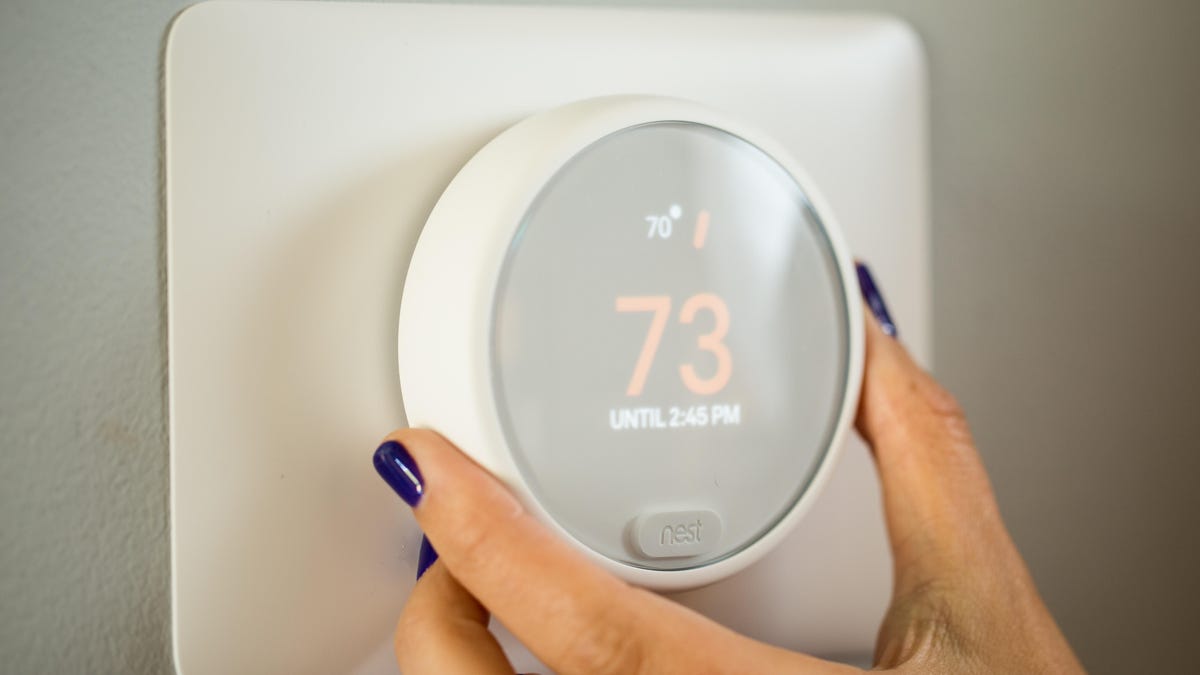If you need to wear reading glasses or other lenses, how do you know when it is time for a prescription? For most people, things in the distance begin to get a little fuzzy, or the TV isn’t as clear as it was. While your current glasses still help you see, a stronger prescription might make things clearer and improve your vision. Similarly, your HVAC thermostat might be working but no longer performing like it used to. As the workhorse of your home, your HVAC system ensures that your house maintains consistently comfortable temperatures year-round. Your thermostat, however, is the director of the show and tells your equipment when to operate. However, like your glasses, if your thermostat isn’t as good as it used to be, you will start to notice some problems.
If you are like most homeowners, you probably don’t pay any attention to your thermostat unless something goes wrong. From increased energy bills to inconsistent temperatures, a malfunctioning thermostat can create a host of issues with your entire HVAC system. Fortunately, there are several ways to know if you need a new thermostat for your HVAC system. Let’s take a look at some common symptoms that could indicate it’s time to replace your thermostat.
Faulty Display

One of the biggest signs of needing a new thermostat is a malfunctioning display. Usually, when you adjust the settings on your thermostat, you will notice that the display lights up or starts to blink. If your thermostat is not illuminated or doesn’t respond to setting changes, it could be mean your device is failing. While it could mean that you simply need to replace the batteries, it could be signs of a wiring problem or an aging device. If you troubleshoot the issue with new batteries and the problem persists, you might need an HVAC technician to diagnose the issue. In many instances, when the wiring begins to fail, it could be time to replace your thermostat.
Inaccurate Temperature Readings
Your thermostat is equipped with an internal thermometer that monitors the temperature in your home. When the temperature in your home goes above or below your desired setting, the thermostat calls for warm or cool air from your HVAC equipment. If the internal thermometer begins to wear out or malfunction, it can give inaccurate readings and cause your system to produce inadequate temperatures. If you suspect that your temperature readings are wrong, you can compare them with an auxiliary thermometer. If inaccurate temperature readings are causing HVAC and temperature issues, it is probably time to change out your thermostat.
Older Thermostat

On average, your HVAC system should last around 20 years. Your thermostat, however, only has an average lifespan of 10 years. In general, you will probably need a new thermostat before you need to replace your HVAC equipment. As your thermostat ages, the wiring and internal components will begin to wear out. As this happens, you will notice some of the issues already mentioned.
You might also notice erratic system cycling and fluctuations with your energy bills. The average utility bill in the U.S. is around $115 per month, and your HVAC system could account for half of your costs. An outdated thermostat could cause your system to consume more energy. If your thermostat is over 10 years old and you begin to notice problems with your system, it could be time to replace your device. A new smart thermostat could improve your energy bills, give you better control over your HVAC settings, and improve the efficiency of your entire system.
If your thermostat is beginning to show signs of wear and tear, it could be time to upgrade your equipment. Similar to your old eyeglasses, the thermostat could still be performing. However, when you begin to notice problems, they will only worsen over time. An HVAC professional can help find the best solutions for your aging or malfunctioning thermostat.